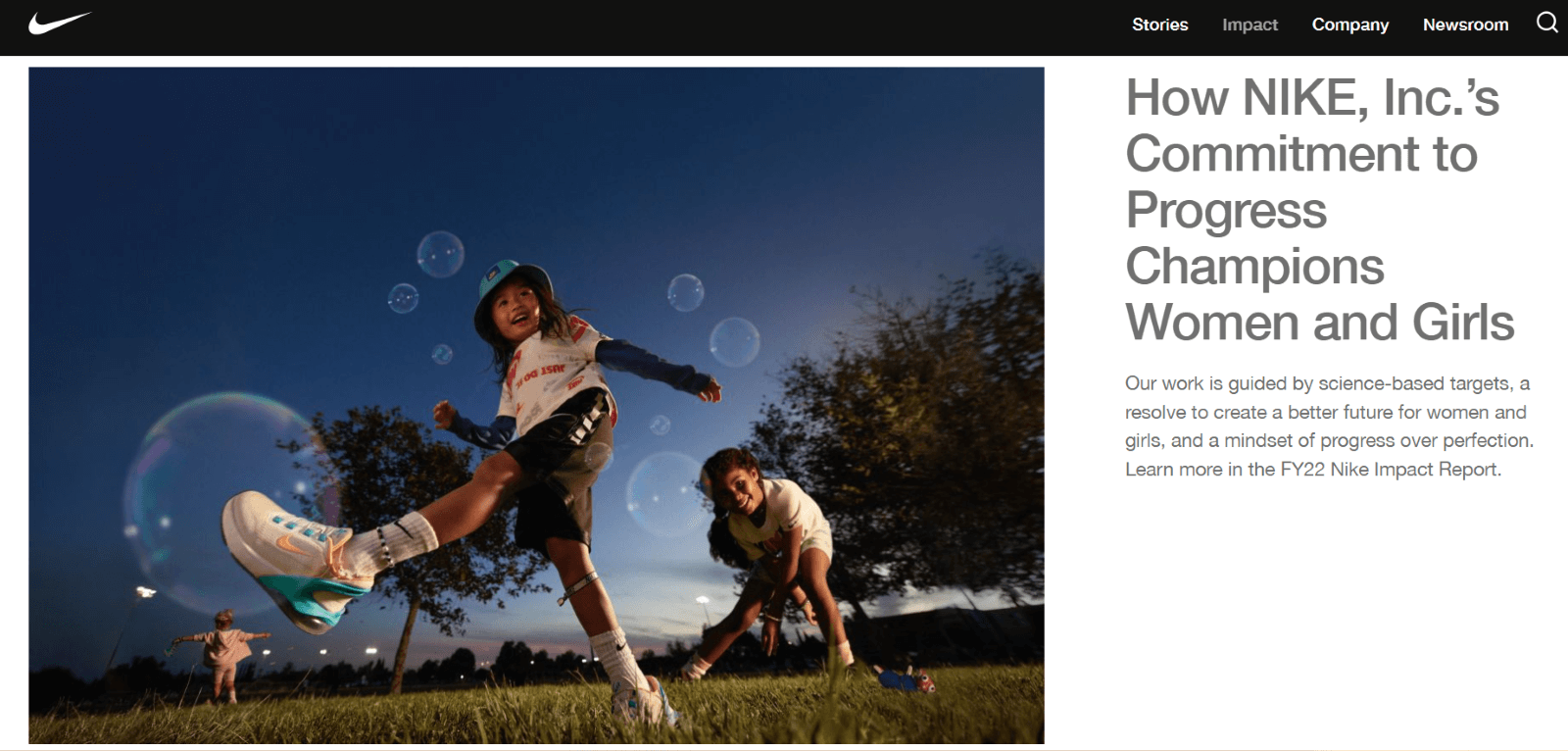How to create a brand strategy that resonates with your target audience
Uncategorized

Branding & marketing is all about establishing a connection. The success of a business considerably depends on developing a brand strategy that appeals to their target market. With a clearly defined brand strategy, you may not only stand out from the competition but also gain your customers’ respect and credibility.
At Granth, we have had the opportunity to engage with clients from a variety of industries and range of experience in their respective industries. This accumulated experience has helped us in creating a cheat sheet for what typically works. Follow the steps below and you may apply them to your business as well.
Before you start creating your brand strategy, you need to define your target audience. Who are your target customers? What are they looking for, and what are their pain points? What stimulates them to pick your products or services over others’? Conduct market research to gain insights into your target audience’s demographics, psychographics, and behaviors.
Your brand personality is the set of human characteristics and traits that your brand embodies. It includes your brand’s values, mission, vision, tone of voice, and visual identity. Your brand personality should align with your target audience’s values, beliefs, and interests. For example, if your target audience is environmentally conscious, your brand personality should reflect sustainability and eco-friendliness.
Your brand positioning is how you want your brand to be perceived by your target audience. It should differentiate your brand from your competitors and highlight your unique value proposition. To develop your brand positioning, you need to answer the following questions:
Your brand’s value proposition is communicated to your target market through your brand messaging. Your slogan, brand story, elevator pitch, and key phrases are all included. Your brand’s marketing needs to be appealing, succinct, and unambiguous. It should provide a solution to their issues and meet the needs and pain areas of your target audience.
Your visual identity is the visual representation of your brand. It includes your logo, colors, typography, and imagery. Your visual identity should be consistent across all your marketing channels and reflect your brand personality and positioning. Your visual identity should be memorable, recognizable, and unique.
Your marketing channels are the platforms you use to promote your brand and reach your target audience. Your choice of marketing channels should depend on your target audience’s preferences and behaviors. For example, if your target audience is active on social media, you should use social media marketing to reach them.
Your content strategy is how you create, distribute, and promote your content to attract and engage your target audience. Your content should be relevant, valuable, and informative. Your content should address your target audience’s needs and pain points and offer solutions to their problems. Your content should also reflect your brand personality and positioning.
Your brand metrics are the key performance indicators (KPIs) you use to measure the success of your brand strategy. Your brand metrics should align with your brand’s goals and objectives. Some common brand metrics include brand awareness, brand loyalty, customer satisfaction, and brand reputation.
One of the brands that have aced the game of brand strategy is Nike. Allow us to explain you why it all works for Nike. There are 5 pillars on which Nike operates-
Nike’s advertising feature more than just top-notch graphics and videos. If you look closely, there is clear branding for Nike throughout. The advertisements also emphasize the brand’s goal of empowering athletes all across the world. The company makes sure that every advertisement highlights its mission statement by using strong copy.
Nike’s advertising material is often punchy and short. Nike’s marketing does contain one key component, though: “deliver inspiration and innovation to every athlete.” According to the company’s tagline, “if you have a body, you’re an athlete.”
Despite being scrutinized for its unfair labor practices and concerns about sustainability, Nike is increasing its corporate and social responsibility. They hire employees of all ethnicities and genders because they take pleasure in the diversity and inclusivity of their staff.
Also, Nike developed various community outreach initiatives, such as initiatives that encourage young people to take up sports and lead active lifestyles.

The wonderful thing about Nike’s marketing approach is that its advertisements can resonate with athletes of all ages, genders, and ethnicities. And Nike’s inclusion campaign is to blame for this.
Being inclusive of players from all sports and catering to their needs is a great strategy to dominate the sportswear and footwear market. Nike also markets to athletes that fit a variety of demographic and psychographic profiles. Nike is skilled at maintaining a wide reach, from an 12-year-old kid to a 60-year-old mother. Because they don’t concentrate on a single sport or set of athletes, Nike has grown to be a multi-sports brand all over the world.

Nike works with a variety of athletes and celebrities throughout the world to produce the best possible advertising. Its marketing plan includes supporting aspiring athletes as well. The company helps athletes who compete for collegiate sports teams, sports organizations, or sports leagues.
For maximum exposure, the company has also collaborated with well-known athletes- from Kobe Bryant, Serena Williams, Rafael Nadal, Neymar Jr., LeBron James, Derek Jeter to mention a few.
“Emotional” is the best term to sum up the Nike brand approach. You cannot deny how moved you will be by seeing Nike’s video advertising. The company strategically incorporates emotional appeal into every advertisement, even still ones.
Five universally relatable human emotions are highlighted in Nike’s emotive marketing campaigns. Which are:
Pain- Nike’s adverts depict the agony and pain that all athletes go through. The company highlights the difficulties that sportsmen have in leading active lifestyles and achieving success in their sport.
Strength- Nike emphasizes the strength of every athlete once the athlete recognizes that he can reach his goals if he works hard for them. At this point, the athlete recovers and resumes regular training while keeping motivation in mind.
Doubt- You’ll note that every athlete’s hesitation is highlighted in a Nike commercial. That’s because uncertainty is a given while dealing with difficulties in life. This stage will show a few blunders and failures that could obstruct the athlete’s advancement.
Rededication- As the athlete realizes his ability and understands the benefits of realizing his goals, the following phase is rededication.
Joy- The athlete’s triumph over all the challenges he must overcome occurs in the final phase. After achieving their goals, happiness and delight are intensified.
In summary, creating a brand strategy that resonates with your target audience requires you to define your target audience, develop your brand personality, craft your brand messaging, create your visual identity, choose your marketing channels, create your content strategy, and define your brand metrics. By following these steps, Granth can help you build a strong and memorable brand that resonates with your target audience and helps you achieve your business goals. Contact us to discuss further.